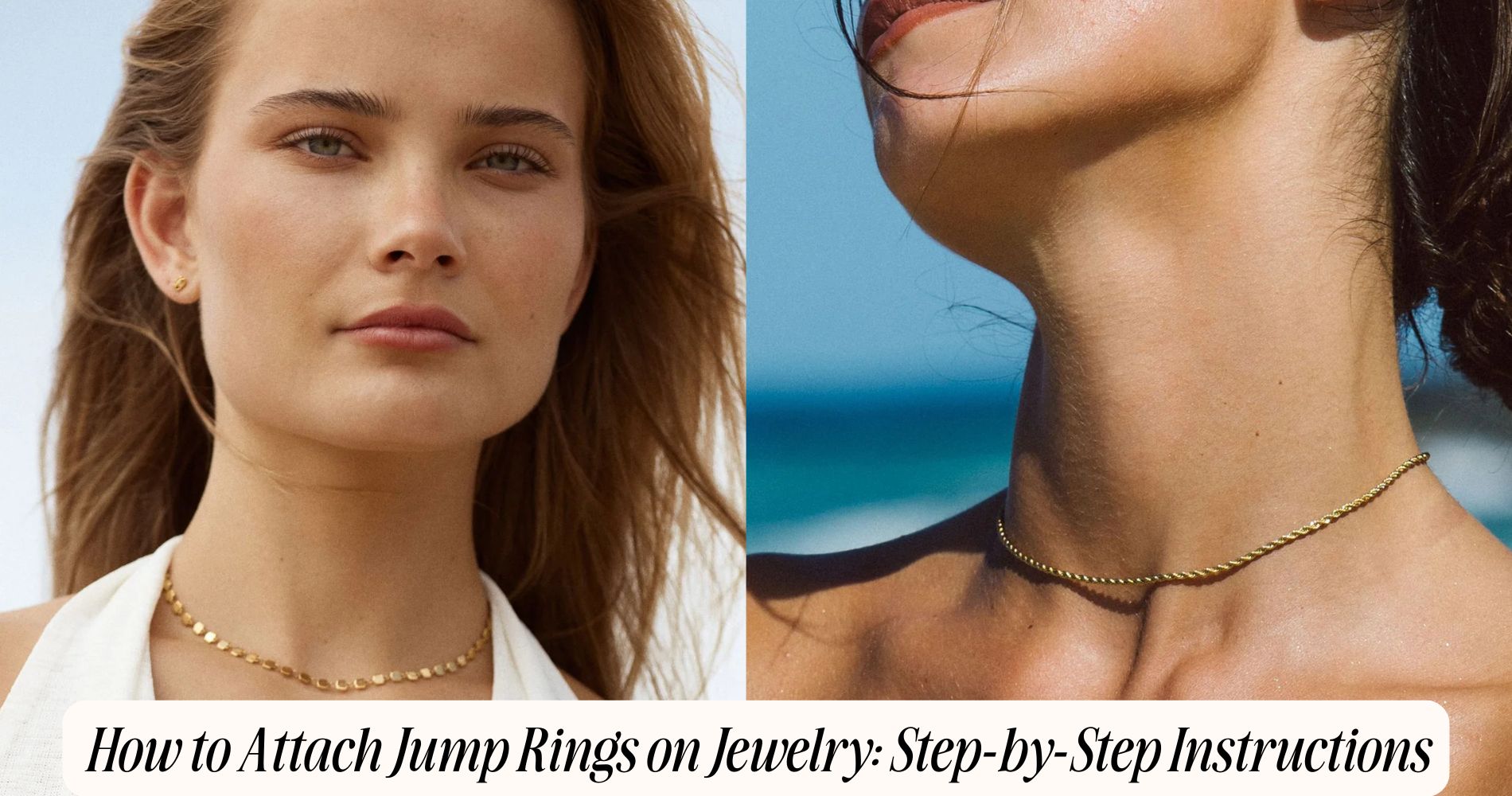
How to Attach Jump Rings on Jewelry: Step-by-Step Instructions
If you’re wondering how to attach jump rings on jewelry, it all starts with choosing the right size, gauge, and metal to suit your design. Use two pairs of smooth pliers to grip each side of the ring’s split. Instead of pulling it apart, gently twist one side forward and the other backward to open. Add your charm or chain, then twist it back to close securely. Whether you're working with delicate pieces or durable styles like those in our Waterproof Jewelry collection, mastering this technique will give your jewelry a strong, professional finish.
Choosing the Right Jump Rings for Your Project
When you’re selecting jump rings for your jewelry project, consider not just their size but also their gauge, shape, and material.
Start by thinking about material compatibility—use jump rings that match the metals of your components to prevent tarnishing or reactions over time. Sterling silver, gold-filled, and stainless steel are all excellent choices, but always check if they’re suitable with beads, clasps, or pendants you’re attaching.
For color coordination, match or thoughtfully contrast the jump ring’s hue with the rest of your piece.
The gauge affects strength; choose thicker gauges for heavy elements and finer ones for delicate designs.
Opt for round jump rings for classic looks, or try oval and square shapes for unique, secure connections that align with your creative vision.
Essential Tools You’ll Need
Before you can securely attach jump rings to your jewelry pieces, gather a set of precise, well-made tools to guarantee clean, reliable results. You'll need two pairs of jewelers pliers—flat nose and chain nose are ideal. Their slim, smooth jaws help you grip and manipulate delicate rings without marring the metal.
Make sure your pliers align perfectly and close tightly for optimal control. A ring size guide is essential for quickly identifying and sorting various ring diameters, ensuring you use consistent components throughout your project.
Consider a jewelry work mat to keep tiny pieces from rolling away. Good lighting and a magnifier can also improve accuracy. With these essential tools at hand, you’re ready to move forward with confidence and precision.
Understanding Jump Ring Sizes and Gauges
Although jump rings may appear deceptively simple, their size and gauge play a crucial role in both the strength and aesthetic of your finished jewelry. You’ll often choose between inner and outer diameters, ranging from tiny 3mm rings for delicate chains up to 10mm or more for bold designs.
Gauge refers to the thickness of the wire—thicker gauges (lower numbers) add durability, while thinner gauges (higher numbers) offer flexibility for lightweight pieces. Always consider metal compatibility; mixing metals with dissimilar hardness can cause premature wear.
The choice of decorative finishes, such as shiny, matte, or antiqued, also affects the visual impact. By carefully matching ring size, gauge, metal, and finish to your project, you’ll create jewelry that’s beautiful and long-lasting.
How to Open Jump Rings Correctly
To preserve the shape and integrity of a jump ring, you need to open it with a specific twisting motion rather than pulling the ends apart. Hold the jump ring securely with two pairs of flat-nose or chain-nose pliers—one on each side of the split.
Gently twist one hand forward and the other backward. This sideways motion maintains the roundness, which is vital for jump ring aesthetics and guarantees a professional finish.
Pulling the ends apart distorts the ring and weakens its structure, a mistake to avoid when aiming for durability or replicating historical jewelry uses, where craftsmanship mattered.
Always return the ring to its original position by twisting it closed, aligning the ends perfectly for maximum strength and seamless appearance in your jewelry designs.
Connecting Components With Jump Rings
Curiously, what transforms individual beads, charms, or chain links into cohesive jewelry is the simple act of connecting them with jump rings.
To connect components, hold the opened jump ring with two pairs of pliers. Slide the desired element—like a charm, bead, or chain link—onto the ring’s open section.
For a pendant attachment, thread the jump ring through the pendant’s bail or loop, then onto the chain link or finding you wish to join. Make sure the components face the correct direction for your design.
Don’t overload the ring; too many pieces can stress the metal and compromise your jewelry’s durability.
Once everything’s in place, you’re ready to proceed to the next essential step: closing the jump ring properly for a secure hold.
Closing Jump Rings Securely
Why does a jump ring sometimes feel a bit loose even after you've closed it? The answer lies in the precision of your closure technique. To assure clasp security and maintain the strength of decorative closures, you’ll want to use two pairs of flat-nose or chain-nose pliers.
Hold one side of the ring steady, then gently twist the other side forward—not apart—aligning the ends perfectly. You should feel a subtle “click” or resistance as the ends meet.
For extra security, slightly overlap the ends before twisting them back flush. This tension helps the ring remain closed, preventing gaps that could compromise your jewelry’s integrity. Proper closure isn’t just functional—it also preserves the neat appearance of your clasp and decorative elements.
Troubleshooting Common Jump Ring Mistakes
Although jump rings seem simple, small mistakes can quickly undermine both their strength and appearance. You might notice a gap after closing the ring—this is one of the most common mistakes and can result from misaligned pliers or excessive force. If the ends don’t meet flush, your jewelry could snag, come apart, or look unfinished.
Another issue is overworking the metal by repeatedly opening and closing the ring, which weakens its structure. To avoid these pitfalls, always check your plier alignment before starting and use a gentle but firm motion. Prevention tips include working slowly, ensuring proper grip, and inspecting the ring under good lighting.
If a ring shows visible distortion or won’t close neatly, it’s best to replace it rather than risk failure.
Tips for Stronger and Neater Connections
When you want your jewelry to last and look polished, mastering a few key techniques for attaching jump rings makes all the difference. Always use two pairs of flat-nose pliers to gently twist—never pull—the ring open sideways. This maintains the ring’s circular shape, vital for a strong clasp attachment.
After adding your chain or decorative accents, twist the jump ring closed until the ends align perfectly. For added security, lightly wiggle the ends past each other and back to create a tension-locked seam. Double-check that the gap is invisible; even a small space can weaken the connection.
If possible, use soldered jump rings for high-stress areas. These details ensure your jewelry pieces stay secure, professional, and visually seamless.
Frequently Asked Questions
Can Jump Rings Be Used for Repairing Broken Jewelry Chains?
You can absolutely use jump rings for chain repair, especially when enhancing jewelry that's broken or missing links. Carefully select a jump ring size matching your chain, open it with pliers, connect the ends, and securely close.
Are Jump Rings Safe for People With Metal Allergies?
If you’ve got a metal allergy, not all jump rings are safe. Choose hypoallergenic options like surgical stainless steel, niobium, or titanium. Always check material specifics to guarantee you avoid irritants and protect sensitive skin.
How Do I Store Leftover Jump Rings to Prevent Loss?
When you need storage tips for leftover jump rings, use small resealable bags or a divided bead organizer. Label each compartment by size and material—this organization method guarantees you won’t lose track of your jewelry-making supplies.
What Are Some Creative Uses for Leftover Jump Rings?
You can transform leftover jump rings into decorative accents for zipper pulls, bookmarks, or even custom keychain charms. Connect them to form chains, geometric shapes, or dangling clusters, adding intricate, technical flair to your creative projects.
Can I Color or Paint Jump Rings to Match My Jewelry?
You can absolutely try custom coloring or paint matching your jump rings. Use alcohol inks, enamel paints, or metal-safe spray paints. Just make sure you clean and seal them well, so your jewelry maintains its vibrant finish.
Conclusion
With practice, you'll master attaching jump rings, making your jewelry both sturdy and stylish. By choosing the right size and gauge, using the proper tools, and opening and closing each ring correctly, you'll create seamless connections. Remember to double-check your closures for gaps and rotate the jump ring, not pull it apart. Troubleshooting and refining your technique will lead to polished, professional results every time. Now, let your creativity shine and finish your piece with confidence!







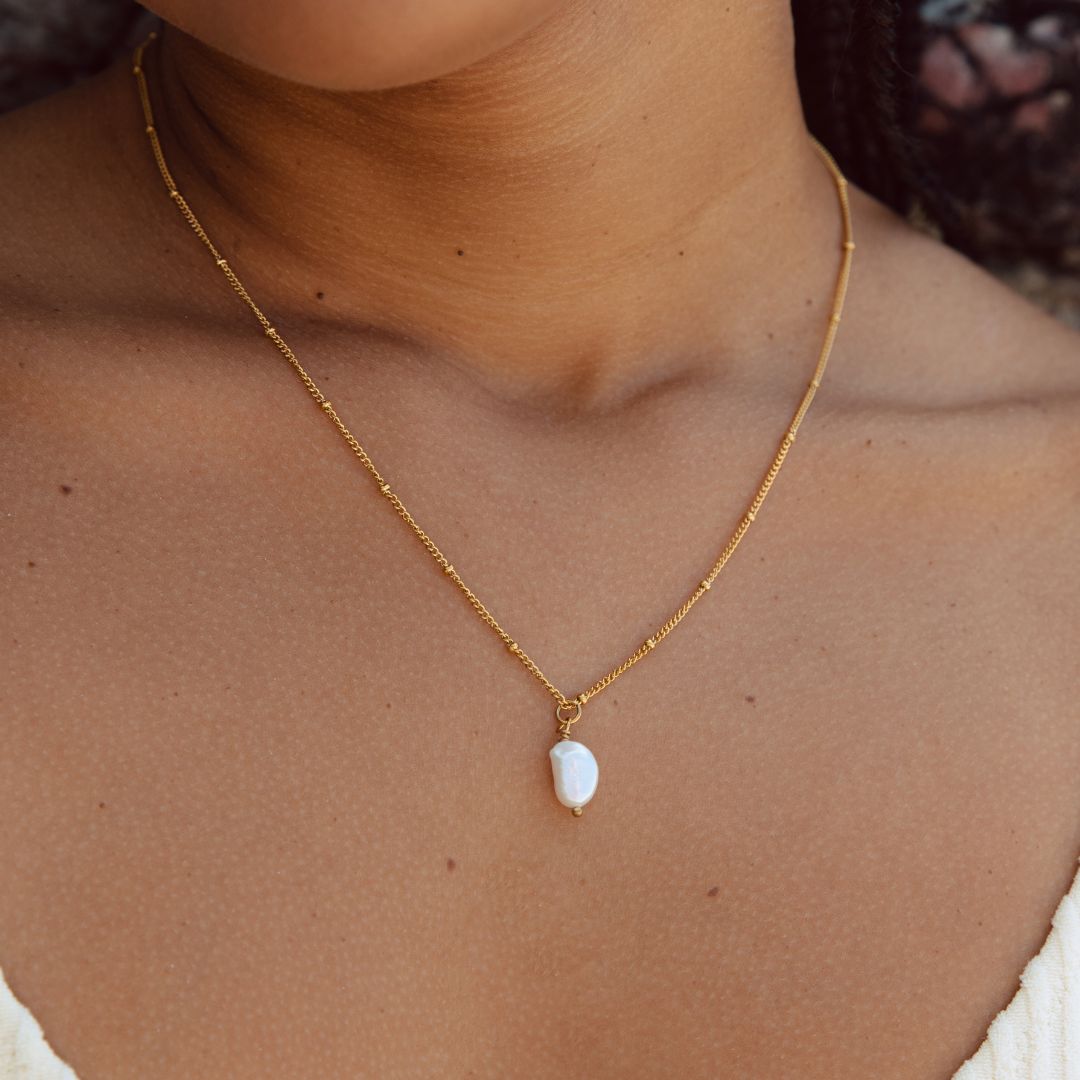

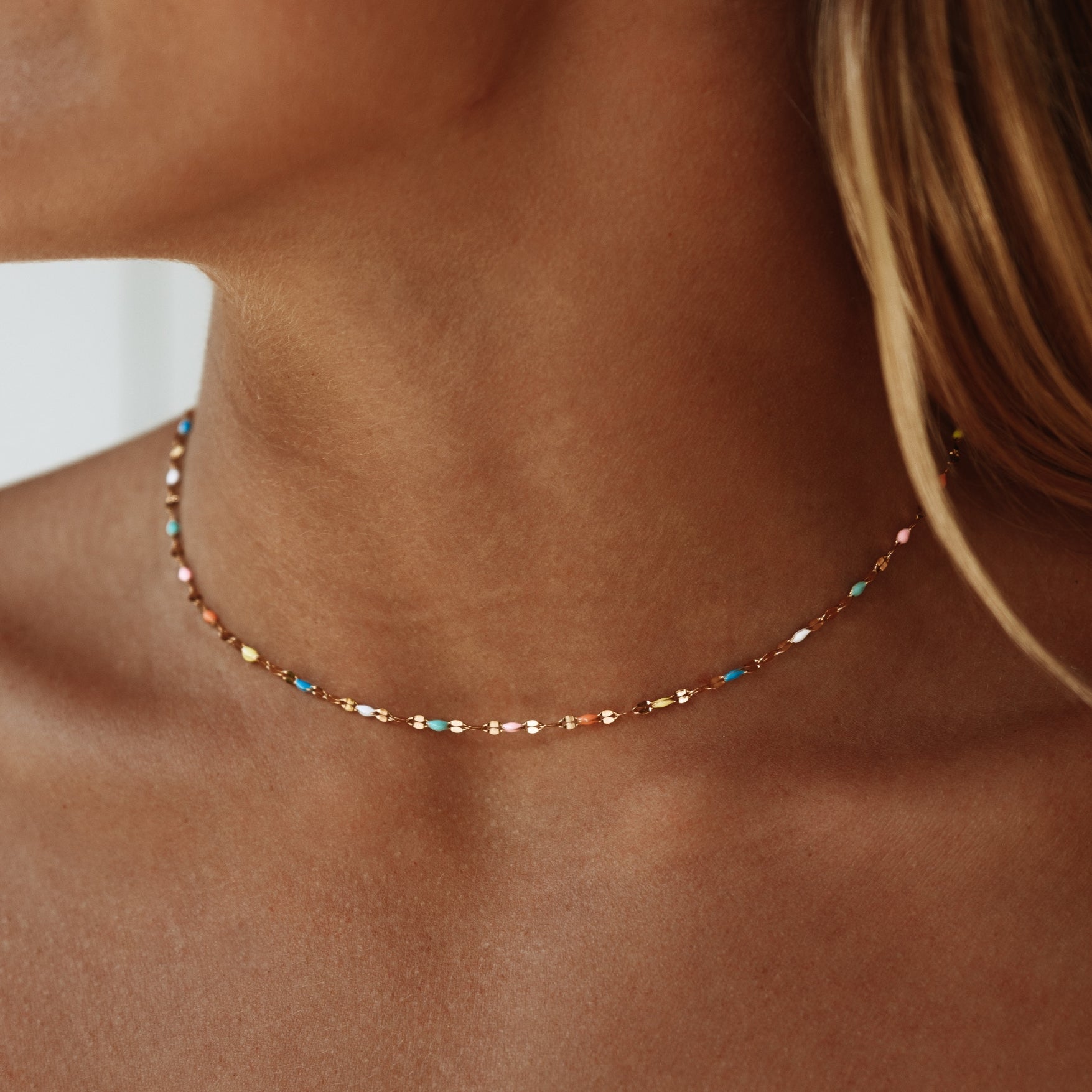


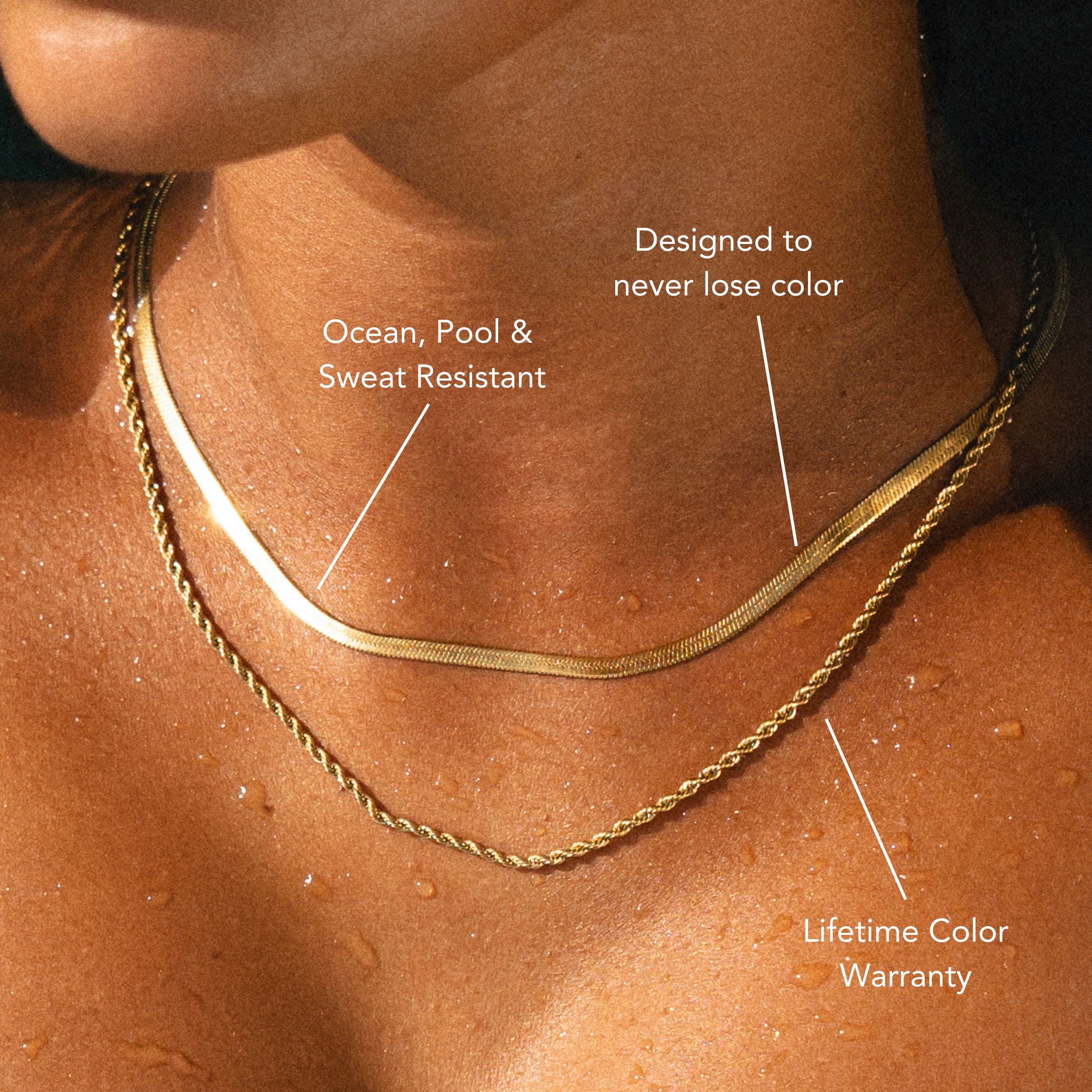
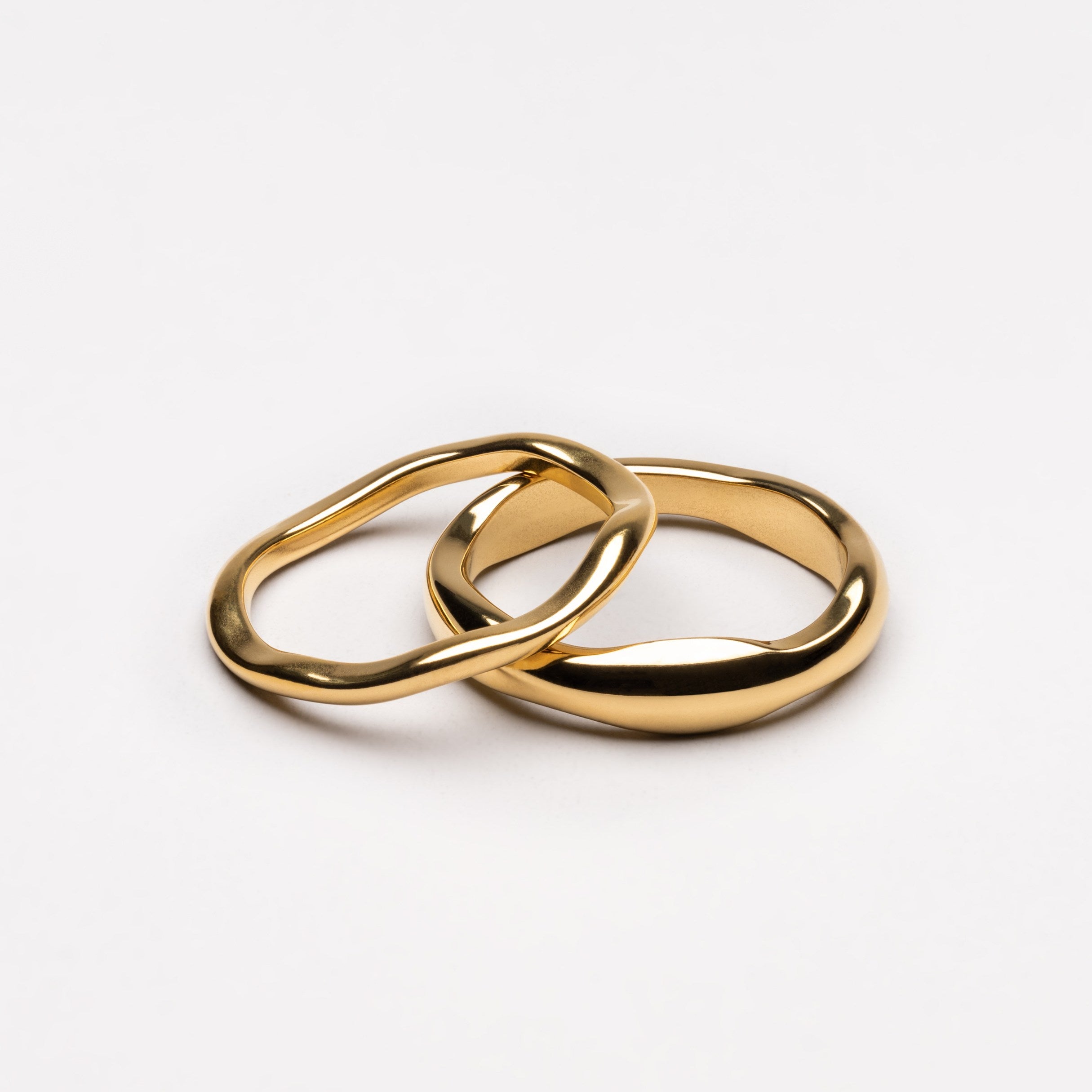
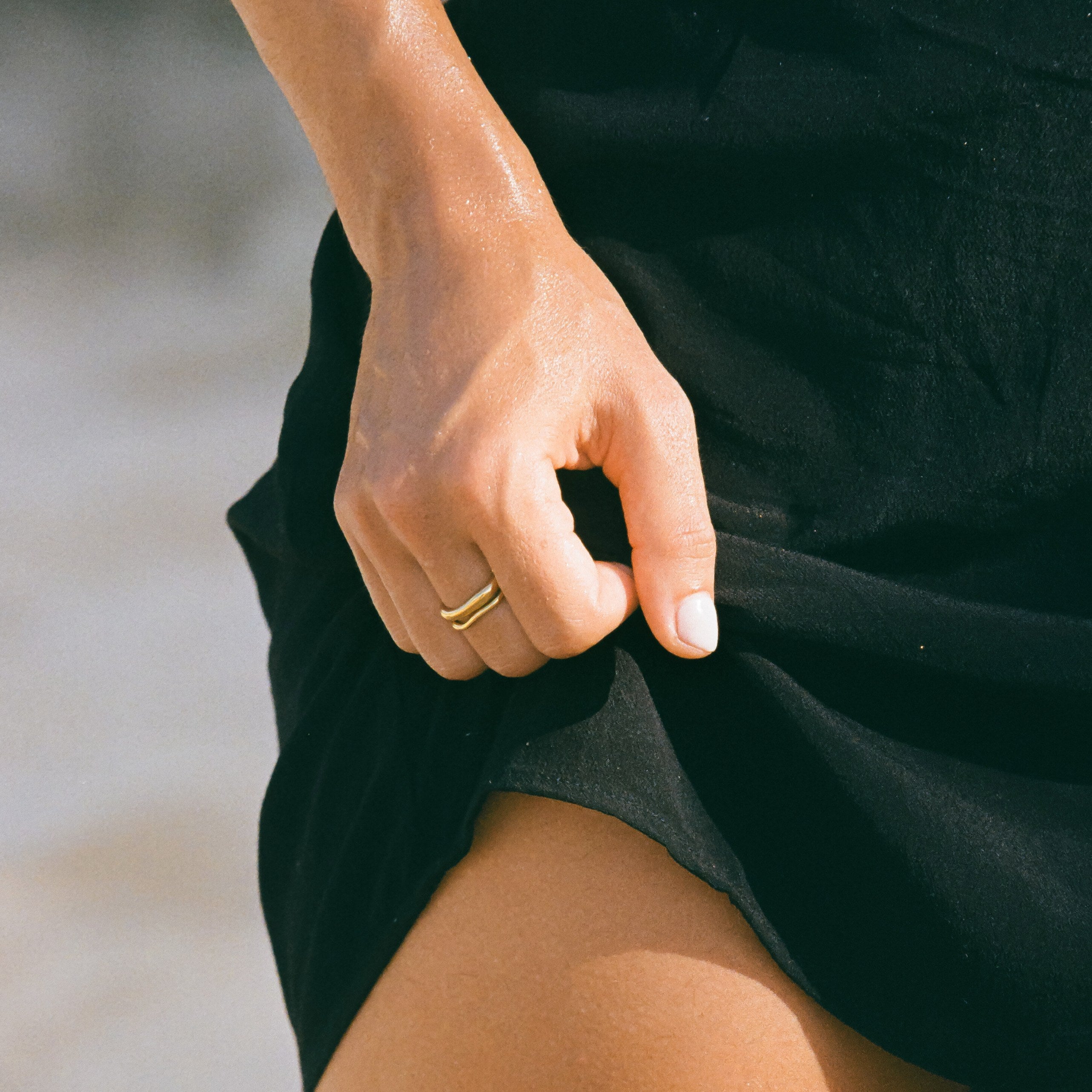

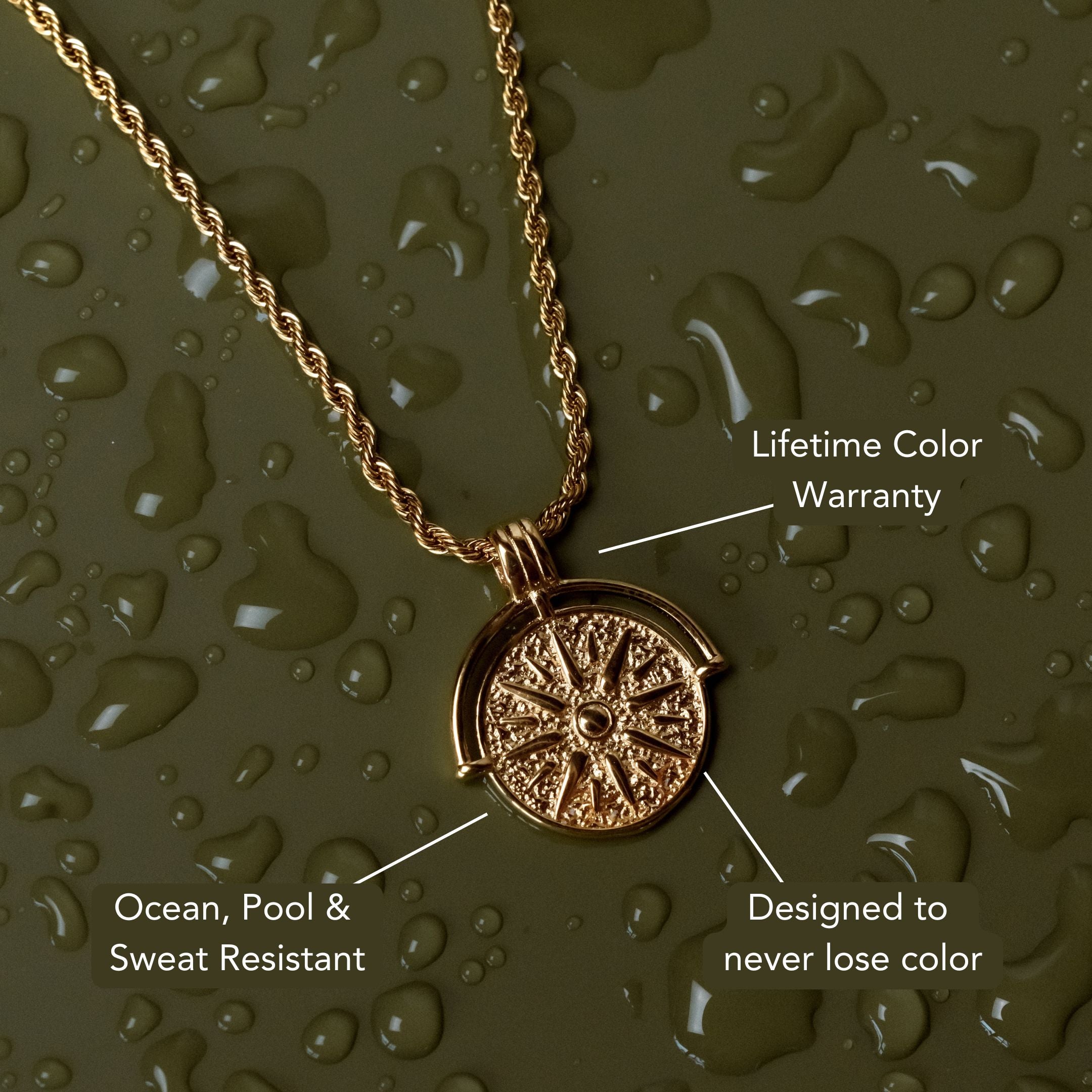
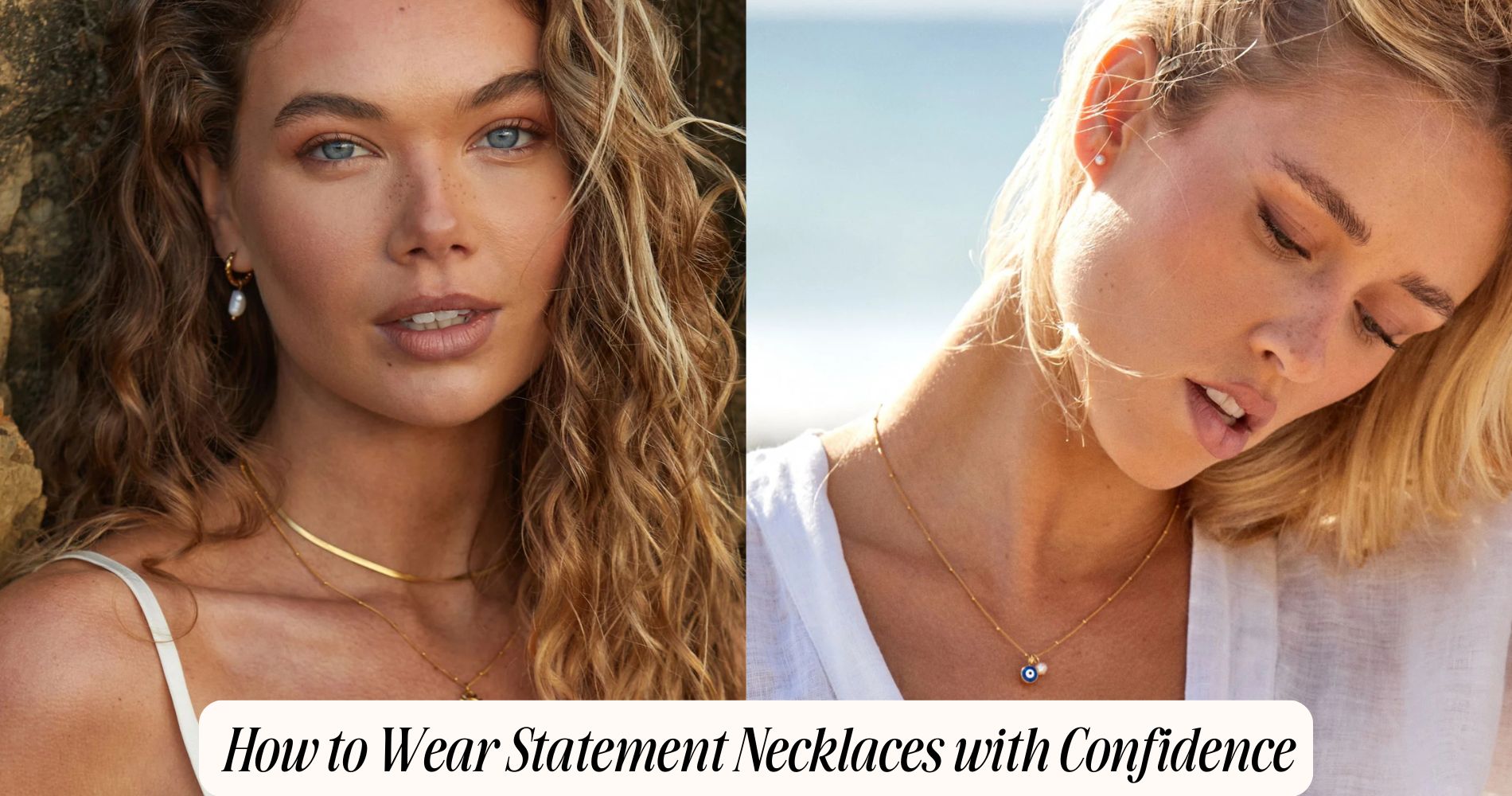
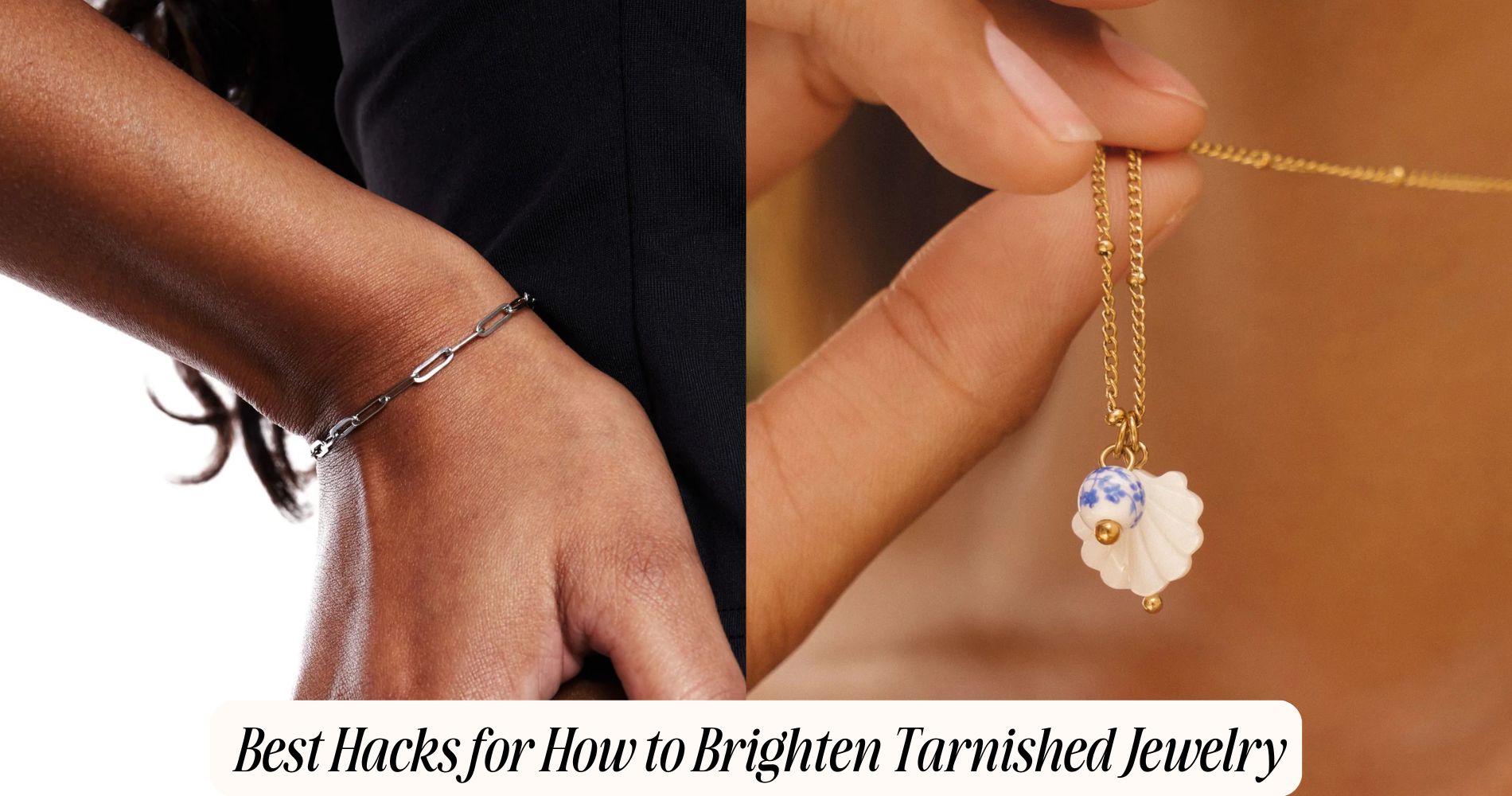




コメントを書く
このサイトはhCaptchaによって保護されており、hCaptchaプライバシーポリシーおよび利用規約が適用されます。